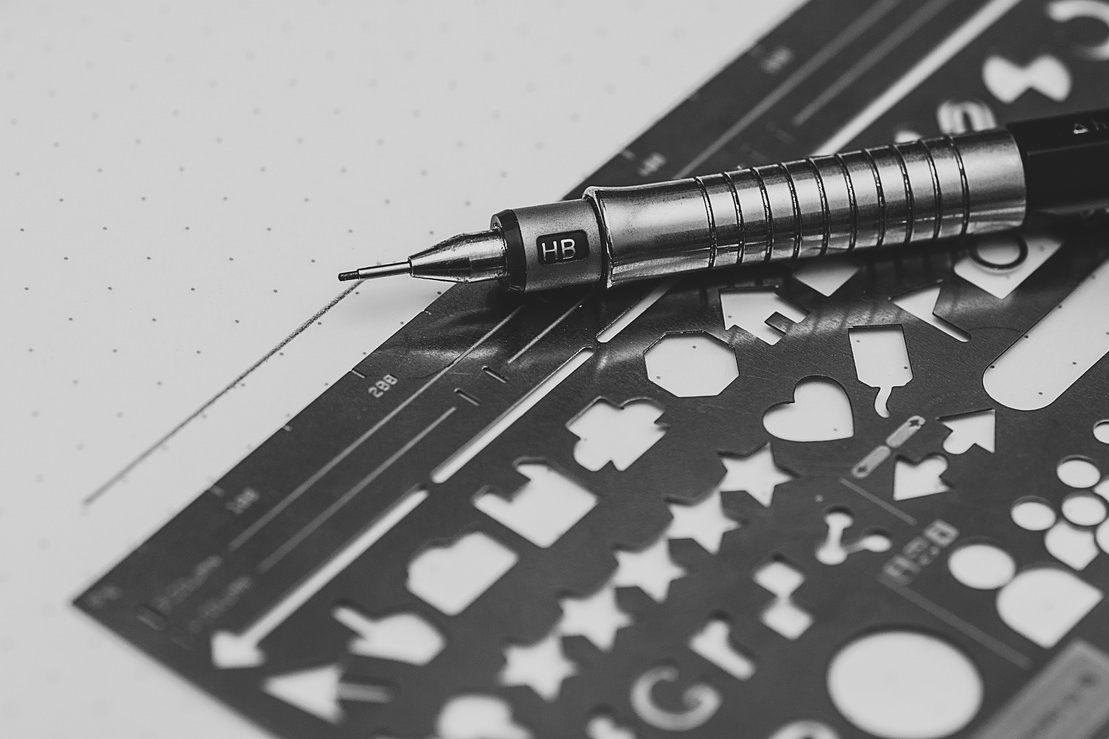Templates for good
Author: Clark
Go to Source
 In terms of the various ways in which we can support the gaps in our cognition, one of the terms is ‘templates’. And it’s worth discussing what a template is, and considering them at a variety of levels. I want to suggest we should have templates for good.
In terms of the various ways in which we can support the gaps in our cognition, one of the terms is ‘templates’. And it’s worth discussing what a template is, and considering them at a variety of levels. I want to suggest we should have templates for good.
What is a template? Merriam-Webster defines it as “a gauge, pattern, or mold used as a guide to the form of a piece being made”. In terms of software and business, templates are forms with some of the elements already completed. Instead of starting from scratch, pieces are already done, and there are slots for various information.
Why use templates? With them, it’s easier to do design. They make it easy to accomplish particular goals. They can make it easy to build particular types of outputs, and make them more systematic and consistent. For better or worse.
How does that change for learning? Here, a template tends to be a framework for particular interactions. For example, there are the tarted-up quiz show formats. With more depth, we can provide guides for learning, suggesting quality elements. We might have a place in our examples for the underlying thinking. Or we could structure practice as decision making.
But we can have templates at higher levels, too. For instance, we can ask that the objective include elements of measurable evaluation, and carry that forward through the final practice design. We can go beyond that, and have structures to guide doing good curricula design.
If I have to choose, of course, I’ll go for substance over style. I’d rather your templates suggest good design than flashy but insubstantial experience. It’s time to be doing evidence-based learning instead of gaudy but rote experiences. If we’re going to have templates, let’s have templates for good.
The post Templates for good appeared first on Learnlets.
